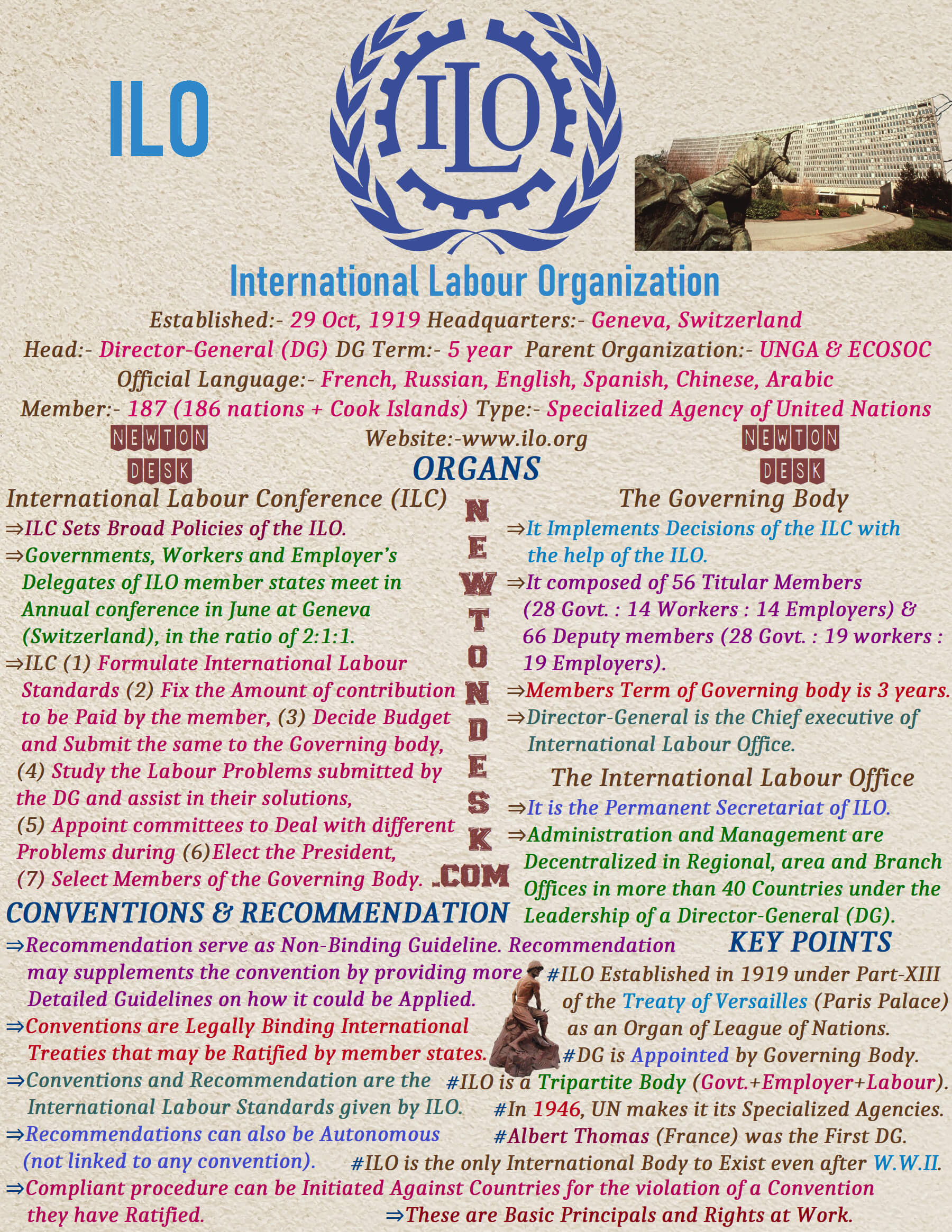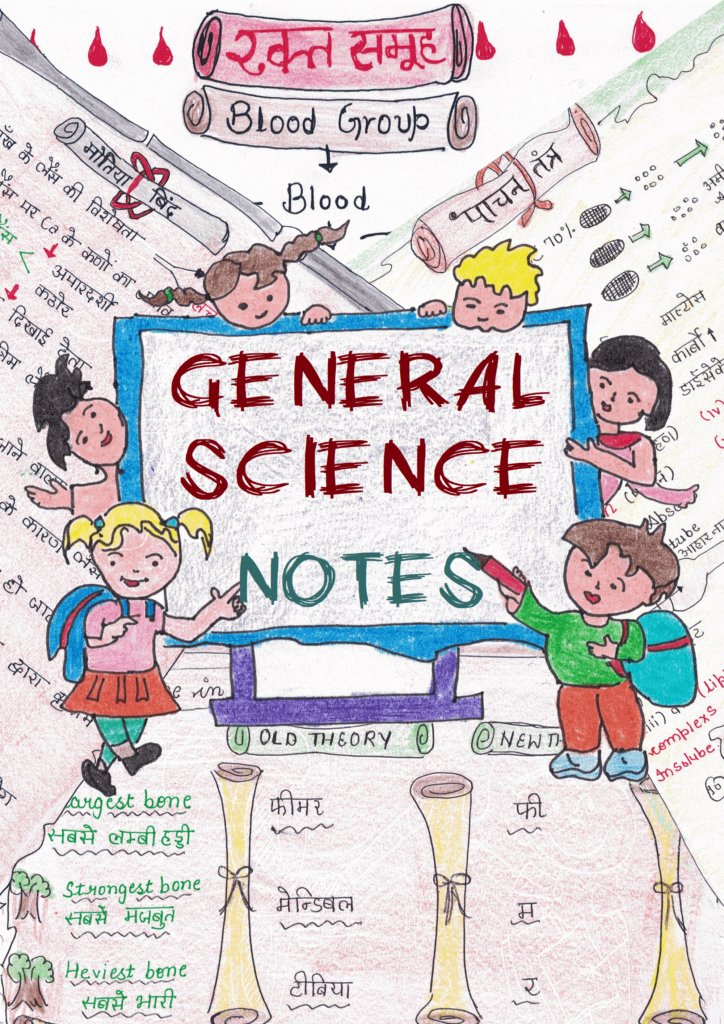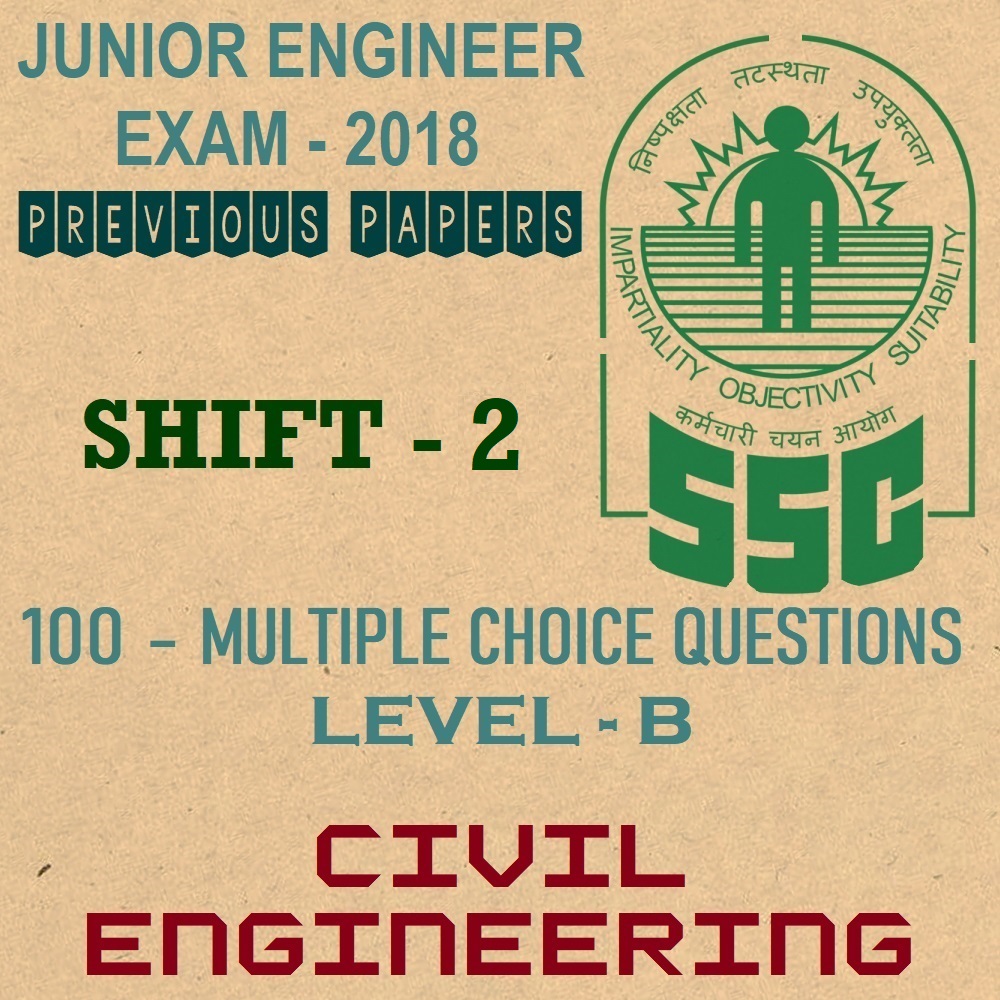International Labour Organization (ILO)

Established:- 29 Oct, 1919
Headquarters:- Geneva, Switzerland
Head:- Director-General (DG)
DG Term:- 5 year
Type:- Specialized Agency of United Nations
Official Language:- French, Russian, English, Spanish, Chinese, Arabic
Member:- 187 (186 nations + Cook Islands)
Parent Organization:- UNGA & ECOSOC
Website:- www.ilo.org
CONTENT INDEX
ORGANS OF INTERNATIONAL LABOUR ORGANIZATION
International Labour Conference (ILC):-
⇒ILC Sets Broad Policies of the ILO.
⇒Governments, Workers and Employer’s delegates of each ILO member states meet in Annual conference in June at Geneva (Switzerland), in the ratio of 2:1:1.
⇒ILC Formulate International Labour Standards, Fix the amount of contribution to be paid by the member, Decide budget and submit the same to the governing body, Study the labour problems submitted by the Director general and assist in their solutions, Appoint committees to deal with different problems during, Elect the president, Select members of the Governing body.
The Governing Body:-
⇒It Implements decisions of the ILC with the help of the ILO.
⇒It composed of 56 Titular Members (28 Govt. : 14 Workers : 14 Employers) & 66 Deputy members (28 govt. : 19 workers : 19 Employers).
⇒Members Tenure of governing body is 3 years.
⇒DG is the chief executive of International Labour Office.
The International Labour Office
⇒It is the permanent Secretariat of ILO.
⇒Administration and management are decentralized in regional, area and branch offices in more than 40 countries under the leadership of a DG.
ILO Conventions & Recommendation
⇒Conventions & Recommendation are the International Labour standards given by ILO.
⇒These are basic principals and right at work.
⇒Conventions are Legally binding international treaties that may be ratified by member states.
⇒Recommendation serve as non-binding guideline recommendation may supplements the convention by providing more detailed guidelines on how it could be applied.
⇒Recommendations can also be Autonomous (not linked to any convention).
⇒Compliant procedure can be initiated Against countries for violation of a Convention they have ratified.
Fundamental Conventions of ILO
⇒Forced Labour convention (No. 29) 1930
⇒Freedom of association and Protection of the right to organize convention (No. 87) 1948
⇒Right to organize and collective Bargaining convention (Np. 98) 1949
⇒Equal Remuneration Convention (No 100) 1951
⇒Abolition of Forced Labour Convention (No.105) 1957
⇒Discrimination (Employment & Occupation) Convention (No. 111) – 1958
⇒Minimum age Convention (No. 138) 1973
⇒Worst forms of child labour Convention (No. 182) – 1999
KEY POINTS
#ILO Established in 1919 under Part-XIII of the Treaty of Versailles (Paris Palace) as an organ of League of Nations.
#ILO is the only International Body to Exist even after World War II.
#In 1946, United Nations makes it its Specialized Agencies.
#ILO is a Tripartite Body (Govt. + Employer + Labour).
#Albert Thomas (France) was the first Director General.
#Director general Appointed by Governing Body.


